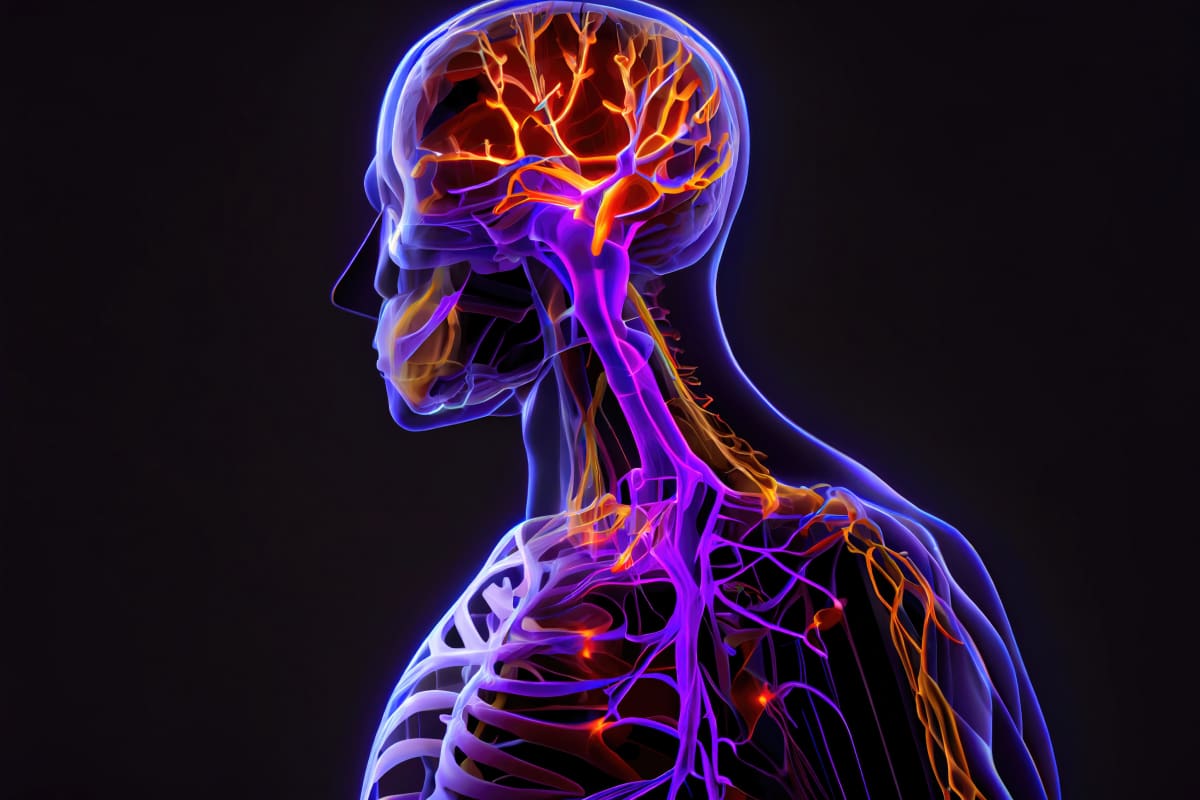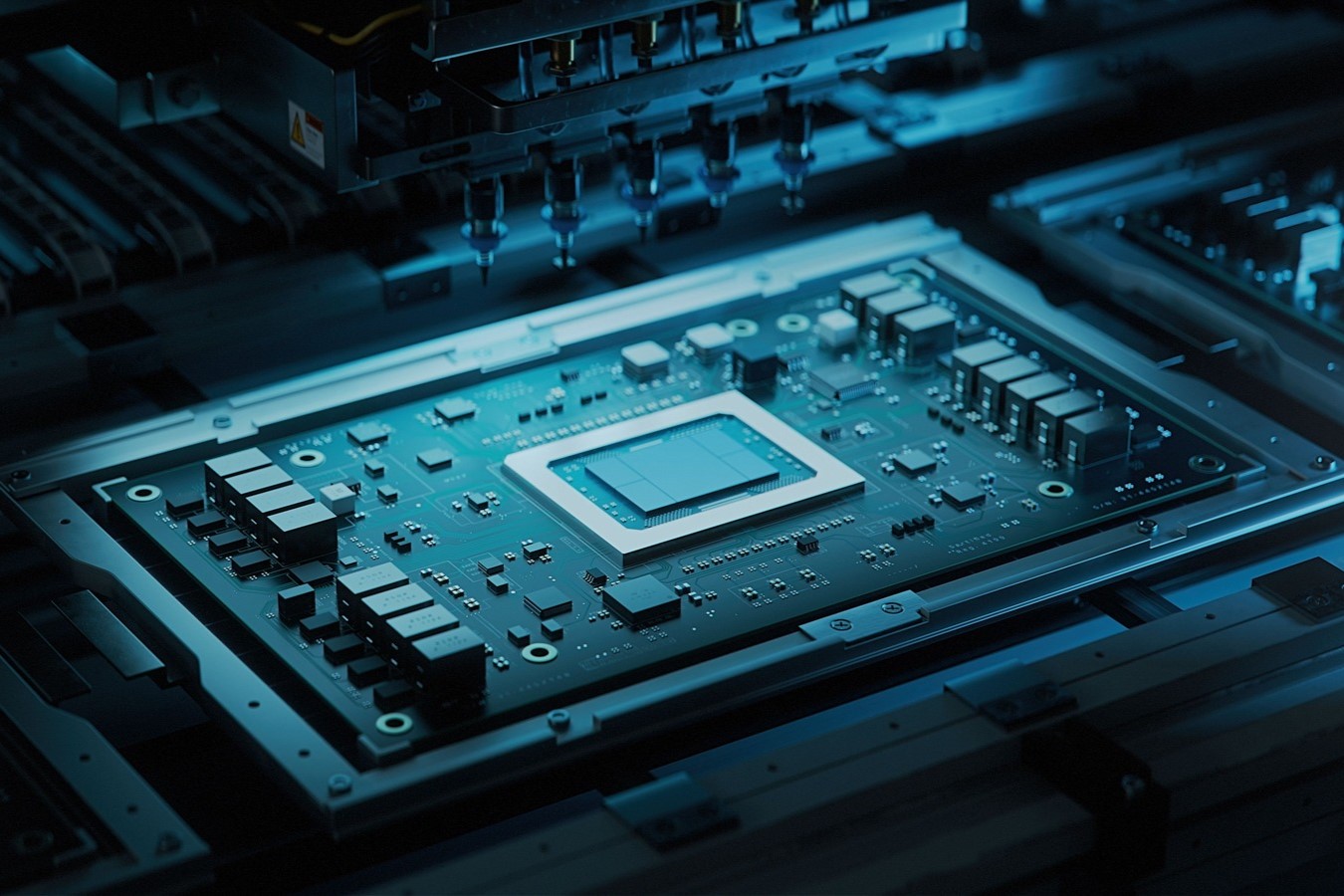
Ever wondered what makes your body tick? The nervous system is the master control unit, handling everything from your thoughts to your movements. Did you know it consists of two main parts: the central nervous system (CNS) and the peripheral nervous system (PNS)? The CNS includes the brain and spinal cord, while the PNS connects the rest of the body to the CNS. Fun fact: Your brain has about 86 billion neurons! These neurons communicate through electrical signals, making everything you do possible. Ready to learn more? Here are 27 mind-blowing facts about the nervous system that will leave you in awe!
The Basics of the Nervous System
The nervous system is a complex network that controls everything in your body. It sends signals between different parts, helping you move, think, and feel. Here are some fascinating facts about this intricate system.
-
The nervous system is divided into two main parts: the central nervous system (CNS) and the peripheral nervous system (PNS).
-
The CNS consists of the brain and spinal cord, while the PNS includes all the nerves branching out from the spinal cord.
-
Neurons, the basic units of the nervous system, transmit information through electrical and chemical signals.
The Brain: Command Center
The brain is the most crucial part of the nervous system. It processes information and coordinates actions and reactions.
-
The human brain weighs about three pounds and contains roughly 86 billion neurons.
-
The brain uses about 20% of the body's total energy, even though it only makes up about 2% of the body's weight.
-
The left hemisphere of the brain controls the right side of the body, and the right hemisphere controls the left side.
Spinal Cord: The Information Highway
The spinal cord is the main pathway for information connecting the brain and peripheral nervous system.
-
The spinal cord is about 18 inches long in adults and extends from the brainstem to the lower back.
-
It is protected by the vertebral column, which consists of 33 vertebrae.
-
Reflex actions, like pulling your hand away from a hot surface, are controlled by the spinal cord without involving the brain.
Peripheral Nervous System: The Communication Network
The PNS connects the CNS to the rest of the body, ensuring that signals reach their destinations.
-
The PNS is divided into the somatic nervous system and the autonomic nervous system.
-
The somatic nervous system controls voluntary movements, like walking or picking up objects.
-
The autonomic nervous system regulates involuntary functions, such as heart rate and digestion.
Neurons: The Messengers
Neurons are specialized cells that transmit information throughout the nervous system.
-
A single neuron can connect with thousands of other neurons, forming complex networks.
-
Neurons communicate through synapses, where neurotransmitters are released to pass signals.
-
There are three types of neurons: sensory neurons, motor neurons, and interneurons.
Neurotransmitters: The Chemical Messengers
Neurotransmitters are chemicals that transmit signals across synapses from one neuron to another.
-
Dopamine is a neurotransmitter associated with pleasure and reward.
-
Serotonin helps regulate mood, appetite, and sleep.
-
Acetylcholine is involved in muscle activation and memory.
Nervous System Disorders
Various disorders can affect the nervous system, impacting its ability to function properly.
-
Multiple sclerosis (MS) is a disease where the immune system attacks the protective covering of nerves.
-
Parkinson's disease is a neurodegenerative disorder that affects movement.
-
Epilepsy is a condition characterized by recurrent seizures due to abnormal electrical activity in the brain.
Protecting the Nervous System
Taking care of your nervous system is essential for overall health and well-being.
-
Regular exercise can improve brain function and protect against neurodegenerative diseases.
-
A balanced diet rich in omega-3 fatty acids supports brain health.
-
Adequate sleep is crucial for the nervous system to repair and regenerate.
Fun Facts about the Nervous System
Here are some interesting tidbits that highlight the amazing capabilities of the nervous system.
-
The fastest nerve signals can travel at speeds of up to 268 miles per hour.
-
The human brain generates about 20 watts of electrical power, enough to power a small light bulb.
-
The brain's structure is about 60% fat, making it one of the fattiest organs in the body.
The Nervous System's Wonders
Understanding the nervous system reveals just how complex and fascinating our bodies are. From the brain to the spinal cord and nerves, each part plays a crucial role in keeping us alive and functioning. The brain alone has around 86 billion neurons, making it a powerhouse of activity. Reflexes show how quickly our bodies can respond to danger without even thinking. The autonomic nervous system keeps our heart beating and lungs breathing without conscious effort.
Knowing these facts can help us appreciate the intricate systems working behind the scenes. Whether it's the fight-or-flight response or the way we process pain, the nervous system is always active. So next time you react to something without thinking, remember the incredible network making it all possible. Stay curious and keep learning about the amazing systems that keep us going every day.
Was this page helpful?
Our commitment to delivering trustworthy and engaging content is at the heart of what we do. Each fact on our site is contributed by real users like you, bringing a wealth of diverse insights and information. To ensure the highest standards of accuracy and reliability, our dedicated editors meticulously review each submission. This process guarantees that the facts we share are not only fascinating but also credible. Trust in our commitment to quality and authenticity as you explore and learn with us.


